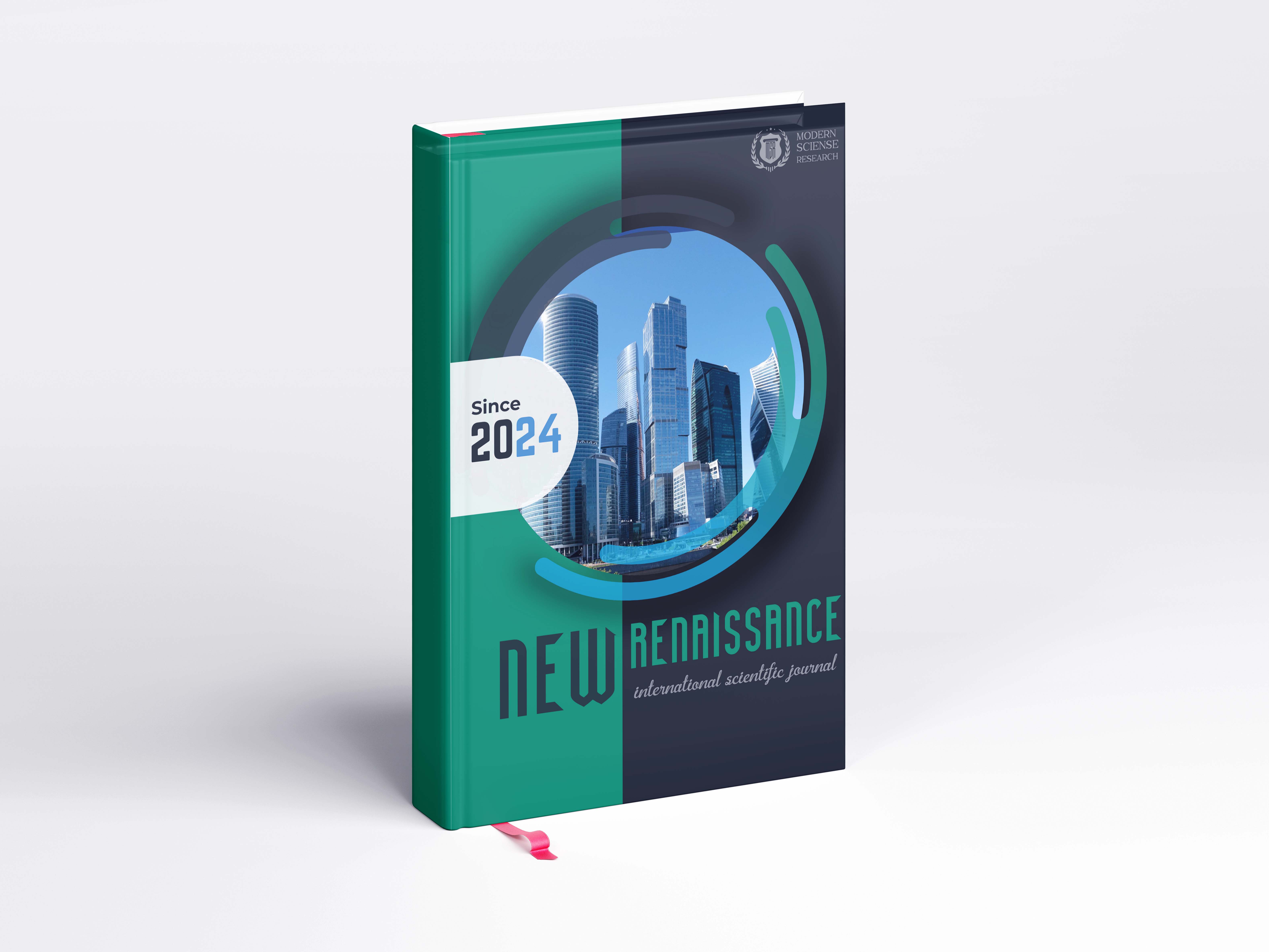Abstract
This article covers the types of lexical transformations used in translation and their characteristics. Transformation methods such as concretization, generalization, antonymic translation, replacement of cause with effect, compensation, addition and omission are analyzed with examples. The function of each method in the translation process, their linguistic and stylistic significance are explained. The article focuses on the practical application of transformation methods, taking into account the grammatical and semantic differences between the English and Uzbek languages. For each type of transformation, it is shown with simple examples for what purpose it is used, when it is used, and what results it gives in translation. The example of grammatical and semantic differences between English and Uzbek illustrates how these methods can help make the text clear, understandable and natural for the reader in translation.
References
Rasulov Z, Khikmatova SH. Language units with national-cultural characteristics - methods of translating non-equivalent lexical and realia // Scientific information of Bukhara State University. – 2024. – №3. – P. 200.
Gafurov I, Muminov O, Qambarov N. Translation theory. Textbook for higher education institutions. – Tashkent: "Tafakkur bo'stoni", 2012. – P. 110.
Lexical and grammatical transformations in translation // Arxiv.uz, date of upload: 20.09.2019, URL: https://arxiv.uz/uz/documents/referatlar/tilshunoslik/tarzhimada-leksik-va-grammatik-transformaciyalar .
Sotiboldiyeva G. Transformation in translation and its types//Foreign linguistics and linguistic didactics. – 2024. – №1. – B. 22.
Peter Newmark. A textbook of translation. Shanghai foreign language education press. 1988. – 37 p.
Achilov O, Azimova M. General understanding of lexical differences in translation studies // International Scientific and Practical Conference “Innovative Methods of Teaching Foreign Languages, Modern Approaches in Translation Studies and Philological Research”, May 16–17, 2025. Journal No. 625. Zenodo, published May 30, 2025. DOI: https://doi.org/10.5281/zenodo.15550874
